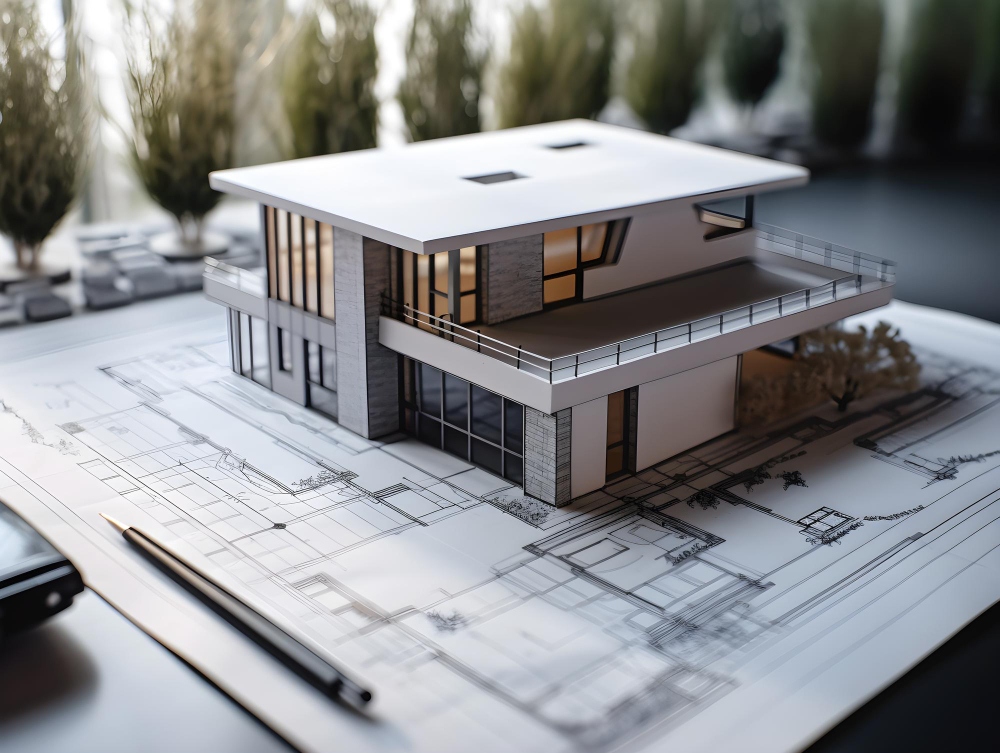Mastering Architectural CAD: Tips and Tricks for Beginners

Welcome to the world of Architectural CAD (Computer-Aided Design), where creativity meets technology to transform visions into reality. Whether you’re an aspiring architect, a student embarking on a design journey, or a professional seeking to enhance your skills, mastering Architectural CAD courses opens a gateway to endless possibilities in the realm of architectural design. In this comprehensive guide, we’ll delve into valuable tips and tricks to help beginners navigate the intricacies of Architectural CAD software and unleash their full creative potential.
Understanding the Basics:
Before diving into the depths of Architectural CAD, it’s essential to grasp the fundamentals. Familiarize yourself with the interface, tools, and terminology of the CAD software you’re using. Whether it’s AutoCAD, Revit, SketchUp, or another platform, spend time exploring menus, toolbars, and command functions to build a solid foundation.
Understanding the principles of drawing and modeling in CAD is crucial. Learning how to create and manipulate basic shapes, lines, arcs, and polygons lays the groundwork for more complex designs. Additionally, understanding coordinate systems, units of measurement, and scale factors ensures accuracy and precision in your drawings.
Embrace Tutorials and Online Resources:
Harness the power of online tutorials and resources to accelerate your learning curve. Platforms like YouTube, Coursera, and Udemy offer a plethora of tutorials, courses, and instructional videos tailored to beginners. Follow along step-by-step tutorials, experiment with sample projects, and don’t hesitate to pause, rewind, and replay until you master each concept.
Seek out tutorials that cover specific topics or features you’re interested in exploring. Whether it’s creating floor plans, modeling 3D objects, or generating detailed construction drawings, there’s a tutorial out there to help you sharpen your skills.
Practice Makes Perfect:
As the saying goes, practice makes perfect. Dedicate time to regular practice sessions to hone your skills and reinforce your understanding of Architectural CAD principles. Start with simple projects such as drawing basic floor plans or modeling simple structures, then gradually progress to more complex designs.
Experiment with different tools, commands, and techniques to broaden your understanding of the software’s capabilities. Don’t be afraid to make mistakes; learning from trial and error is an integral part of the learning process.
Learn Keyboard Shortcuts:
Efficiency is key in Architectural CAD design, and learning keyboard shortcuts can significantly boost your productivity. Take the time to memorize commonly used shortcuts for essential commands like drawing, editing, and navigating through your CAD software. Familiarity with shortcuts not only speeds up your workflow but also reduces repetitive strain on your mouse hand.
Create a cheat sheet or reference guide with your most frequently used shortcuts and keep it handy while you work. With practice, using shortcuts will become second nature, allowing you to work faster and more efficiently.
Utilize Layers and Organization:
Organizational skills are paramount in Architectural CAD design. Take advantage of layers to organize your drawings into logical categories such as walls, windows, doors, and furniture. Proper layer management not only enhances clarity but also facilitates editing and revisions throughout the design process.
Develop a consistent naming and layering convention to ensure consistency and ease of navigation in your drawings. Establishing a well-organized file structure from the outset will save you time and frustration as your projects grow in complexity.
Explore 3D Modeling Techniques:
Transition from 2D to 3D modeling to bring your designs to life with depth and realism. Experiment with extrusion, lofting, and solid modeling techniques to create intricate 3D structures. Embrace the power of visualization by rendering your models with textures, materials, and lighting effects to achieve stunning photorealistic presentations.
Take advantage of the software’s parametric modeling capabilities to create dynamic, editable 3D models. Parametric modeling allows you to define relationships between objects, making it easier to make changes and iterations throughout the design process.
Collaborate and Seek Feedback:
Architecture is a collaborative endeavor, and seeking feedback from peers, mentors, and industry professionals can be invaluable. Participate in online forums, design communities, and critique sessions to share your work, exchange ideas, and receive constructive criticism. Embrace feedback as an opportunity for growth and refinement in your architectural journey.
Don’t hesitate to reach out to experienced designers and architects for advice and mentorship. Building a network of supportive peers and mentors can provide valuable insights, guidance, and inspiration as you continue to develop your skills.
Stay Updated with Industry Trends:
The field of architecture is constantly evolving, driven by advancements in technology, sustainability, and design innovation. Stay abreast of industry trends, emerging technologies, and best practices by attending workshops, conferences, and continuing education programs. Embrace lifelong learning as a cornerstone of your journey towards mastering Architectural CAD.
Keep an eye on industry publications, blogs, and websites for the latest news, trends, and innovations in architectural design and technology. Engage in discussions and debates about the future of architecture and the role of technology in shaping the built environment.
Conclusion:
Mastering Architectural CAD is a rewarding journey that requires dedication, practice, and a thirst for knowledge. By understanding the basics, embracing tutorials, practicing regularly, learning shortcuts, organizing your drawings effectively, exploring 3D modeling techniques, collaborating with others, and staying updated with industry trends, you’ll equip yourself with the tools and skills needed to unleash your creativity and excel in the world of architectural design.
Remember, the journey towards mastery is a continuous process, so embrace every challenge, celebrate every milestone, and never stop striving for excellence. Happy designing!

The Unseen Advantage: How Dedicated Support Fuels Fastest-Growing Companies

DIY or Pro Install? The Most Important Question to Ask Before Renting an LED Video Wall

Common Mistakes eCommerce Brands Make With Google Ads

Accelerating drug discovery through the DEL-ML-CS approach

AI in Marketing Is No Longer a Buzzword — It’s the Strategy

The Unseen Advantage: How Dedicated Support Fuels Fastest-Growing Companies

DIY or Pro Install? The Most Important Question to Ask Before Renting an LED Video Wall

Common Mistakes eCommerce Brands Make With Google Ads








